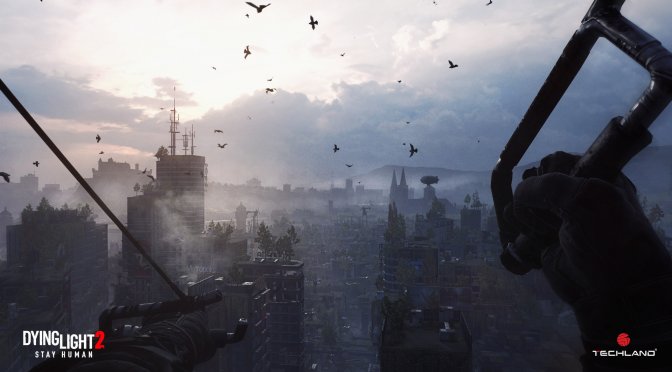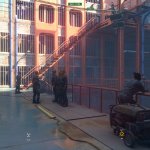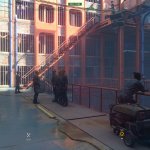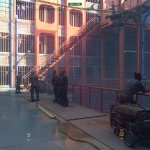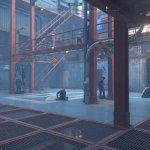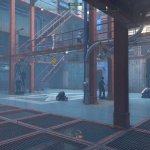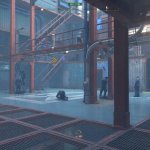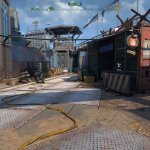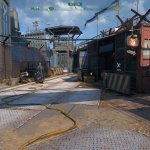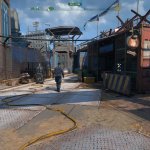Earlier this week, Techland released Community Update #2 (1.9.0) for Dying Light 2: Stay Human which added support for NVIDIA’s DLSS 3 tech. And, from the looks of it, the DLSS 3 implementation is amazing in this title.
For our tests/benchmarks, we used an Intel i9 9900K that was overclocked at 5Ghz, 16GB of DDR4 at 3800Mhz, and NVIDIA’s RTX 4090. We also used Windows 10 64-bit, and the GeForce 528.24 driver.
Techland has added a new built-in benchmark tool to the game. However, Frame Generation was always disabled the moment we were running it. In fact, the game disables Frame Generation even when you close and re-launch it. So yeah, keep that in mind in case you own an RTX40 series GPU.
Since DLSS 3 Frame Generation did not work properly with the benchmark tool, we used one of the game’s most demanding areas.
At native 4K with Max Settings and full Ray Tracing, our RTX 4090 was pushing an average of 62fps and a minimum of 55fps. By enabling DLSS 2 Quality, we were able to hit a minimum of 92fps and an average of 100fps. And then, with DLSS 3 Quality, we saw an additional 30% performance increase. Below you can find some comparison screenshots. Native 4K is on the left, DLSS 2 Quality is in the middle, and DLSS 3 Quality is on the right.
With DLSS 3 Quality at 4K/Max Settings/Ray Tracing, we never saw drops below 130fps. Let this sink in. We’re talking about one of the heaviest PC games, running with over 130fps and with Ray Tracing. This right here shows how transformative DLSS 3 can be. Not only that, but we didn’t notice any major input latency. In fact, the game felt more responsive than other games that have DLSS 3.
The only downside here is that the game’s lighting slightly changes when you enable DLSS 2. Below you can find some comparison screenshots. Notice the different color of the lighting when using DLSS2/3. The grass shadows are also darker in the native screenshots. This change isn’t due to the game’s TOD (Time of Day). Moreover, if you simply enable Frame Generation, the game will look similar to the native screenshots. This is clearly an issue with the DLSS 2 Super Resolution. We were able to replicate this multiple times, and we’ve already informed NVIDIA about it. It’s a subtle issue that most of you won’t even notice. In fact, and if we hadn’t captured these screenshots, we also wouldn’t be aware of it.
Below you can find a video and some screenshots that showcase this issue. Again, Native 4K is on the left, DLSS 2 Quality is in the middle, and DLSS 3 Quality is on the right. As said, this is a minor issue. Nevertheless, it will be great if NVIDIA manages to fix it.
Apart from this nitpick, DLSS 3 works wonderfully in this game. By using it, you can get super high framerates, without any noticeable input latency. And while DLSS 2 Quality brings some minor lighting changes, it significantly eliminates aliasing!

John is the founder and Editor in Chief at DSOGaming. He is a PC gaming fan and highly supports the modding and indie communities. Before creating DSOGaming, John worked on numerous gaming websites. While he is a die-hard PC gamer, his gaming roots can be found on consoles. John loved – and still does – the 16-bit consoles, and considers SNES to be one of the best consoles. Still, the PC platform won him over consoles. That was mainly due to 3DFX and its iconic dedicated 3D accelerator graphics card, Voodoo 2. John has also written a higher degree thesis on the “The Evolution of PC graphics cards.”
Contact: Email

